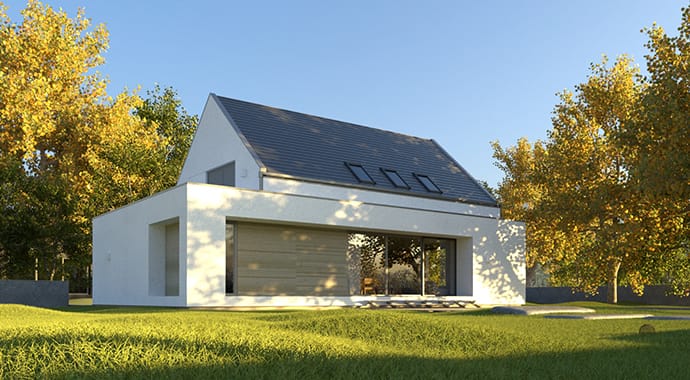

To exclude a glass material from your material override, you can adjust that using the material settings in your Vray Asset Editor window. In this case, for simplicity’s sake, I have not placed glass in the windows. In this case, I haven’t applied materials yet, but if you have, you can go into “Settings,” “Material Override.” This will override your materials to whatever color you’ve set. If you’ve already applied materials to your model, you can turn on a material override in the settings section. This is a good way to start off because your render will work much faster without Vray having to calculate all the lighting and how it would work with the materials. Material Overrideįor this video, we’re going to render our scene without any materials to just get our lighting right. You can adjust your time of year and also time of day settings to get your sunlight where you want. We’re going to start off by turning on SketchUp shadows – these will give you a preview of what the actual shadows will look like within your model. MY CURRENT FAVORITE SKETCHUP PLUGINS AND EXTENSIONS Want to learn more about SketchUp? Check Out THE SKETCHUP ESSENTIALS COURSE If so, please consider supporting me on Patreon (click here to support) or by visiting my Support the Show Page!


In this video, learn to light an interior rendering in Vray using lighting from the exterior environment settings like the Sun, Rectangle Lights, and exposure! This will help you get your lighting set up initially so that you can add materials and create your final rendering!ĭo you like these SketchUp tutorials and videos? VRAY INTERIOR LIGHTING TUTORIAL – Rendering with Daylight in SketchUp!


 0 kommentar(er)
0 kommentar(er)
